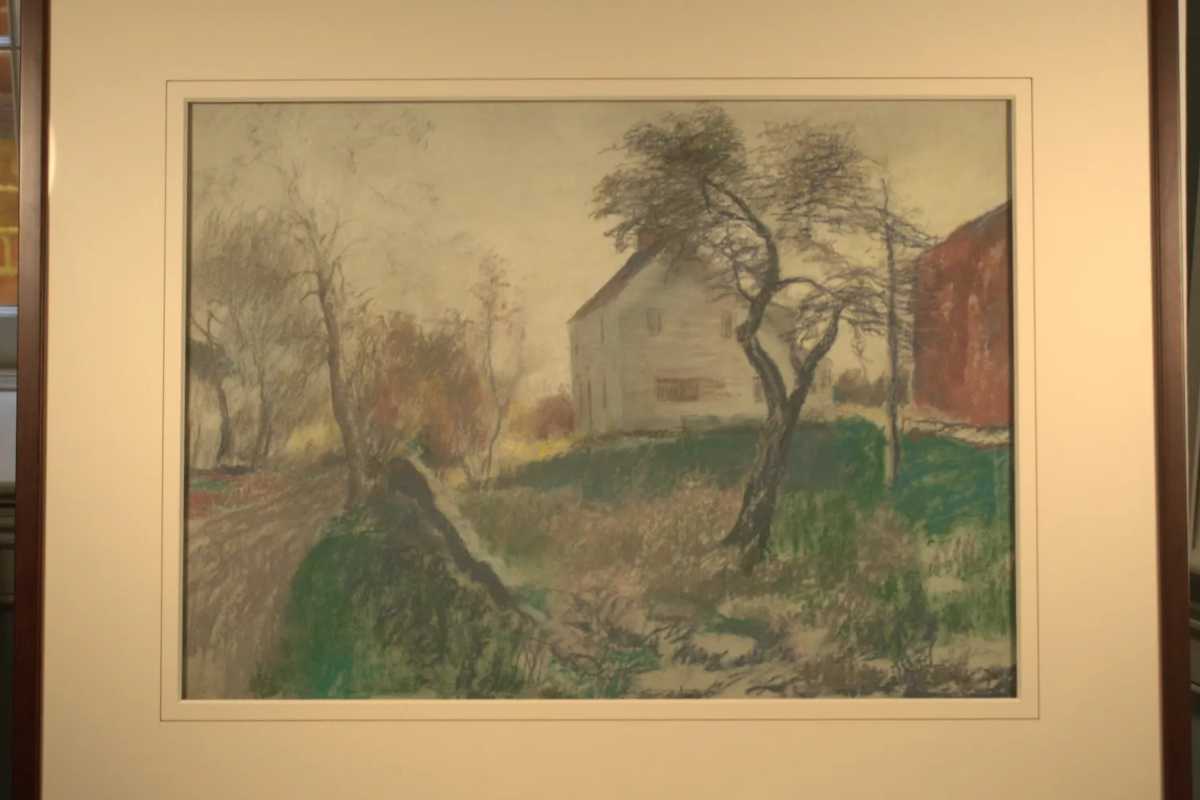Henry Monroe was the first African American landholder in Westport. He built his Cross Highway home on land he purchased from John Burr in 1802. His farm appears in the town tax rolls in 1805. The house still stands today and there is evidence that it was built on a West African 12-foot measurement convention, rather than the English/American measure based on a “rod” which is just about 16 ½-feet. The home of Cato Freedom, an emancipated African American man who was born in Newtown in 1748 is also representative of this style.
Henry’s wife was Lyzette Hide Monroe. She is buried in the Lower Greens Farms Church Cemetery and may be the same Lysette, daughter of Sill, listed in the Greens Farms Church logbook.
Henry and Lyzette Monroe had two sons – Henry Jr. and Alexander – and a daughter Amelia. In 1827, Alexander passed his interest in his father’s estate to Henry Jr. who lived there with his wife Phoebe. When Henry Jr. died in 1881 he owned over 14 acres of property which was then divided among his wife Phoebe, sister Amelia, niece, and grandniece.
Just down the road at 93 Cross Highway, Amelia Monroe worked as Peter Sturges’ housekeeper. Sturges outlived Amelia but, prior to her death, he had written a will leaving a life tenancy to his house to “my faithful friend and housekeeper, Amelia Monroe”.
When Amelia died in 1884, she owned, among other things, ten dresses, four shoes, and a Phaeton carriage – the equivalent of a horse-drawn sports car. The Monroes are listed on various census documents as “mulatto” as well as “black”. The family’s longevity at Cross Highway is remarkable by any standard, but more so given their race and lack of equal protection under the law. After 1818, African Americans could not vote or hold office even if they owned property, a primary qualification for voting rights at the time. This lack of representation made it hard for black families to pursue opportunities and maintain multi-generational assets let alone thrive as the Monroes did.




I saw that in 2011 the Henry Monroe house was listed as “ the Tear Dow of the Day”, There was a lot of conversation generated in the comments mostly shocked outrage that such a historically significant property could be destroyed.
I see you have stated that the home still stands. Was it saved? And how? I am very curious about the Sturges connection to the Monroe family as I am descended from two of the early families the Sturges and Nash families..
I really have enjoyed reading about this history we don’t often get to learn about especially here in New. England.
In 2012 the owner of the Henry Monroe house placed the property up for sale rather than go through with his demolition, which had been delayed by the town. The house still stands in Westport without a threat of tear down in the near future.
If you are interested in learning more about your family history the museum always recommends contacting our archivist through our research request form, available at westporthistory.org/research, and we’re so pleased to hear you are learning through the exhibit.